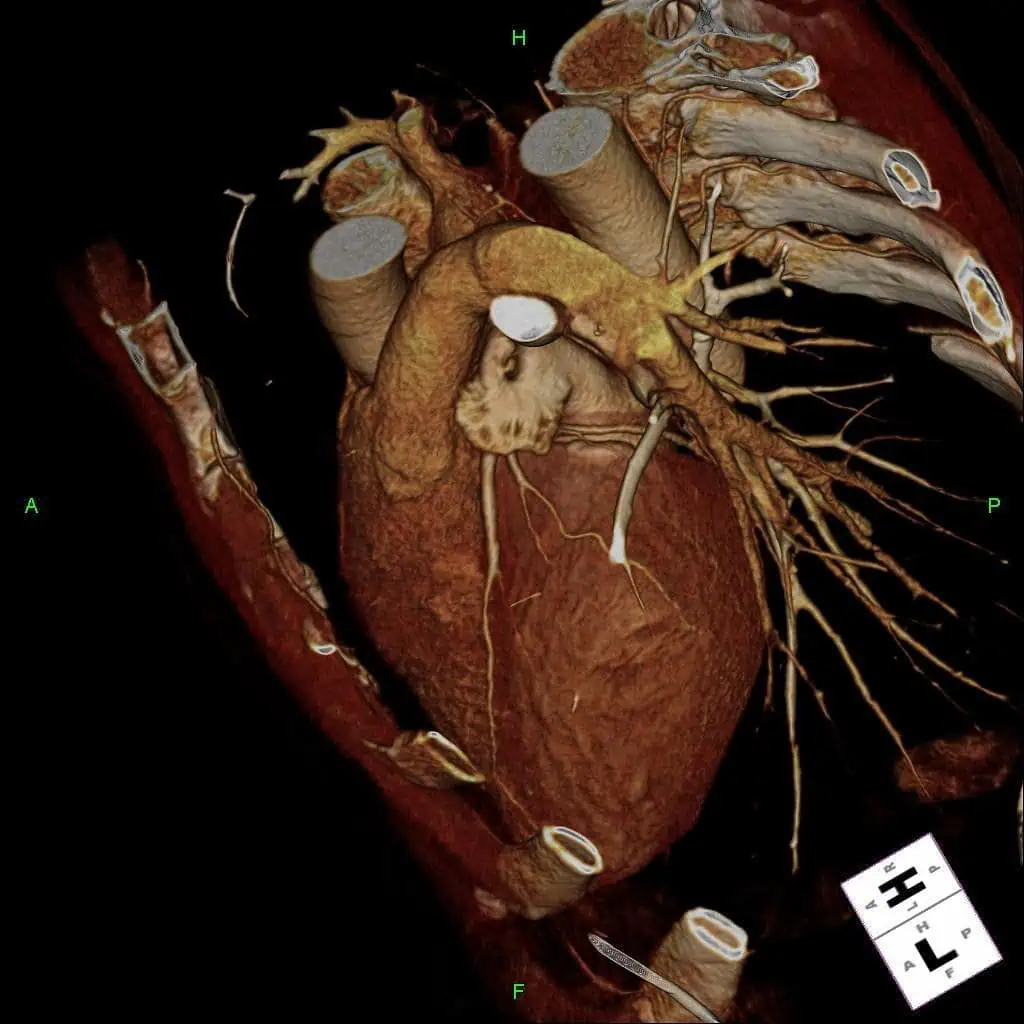Exact Answer: At least 2-3 days
An angiogram is a name given to an invasive diagnostic test that employs x-rays to capture images of blood vessels. An angiogram can provide detailed pictures of blood vessels that are located in various organs in the body. Angiograms are performed by an interventional radiology specialist.
People who show signs of a narrow or blocked artery, experience abnormal pain in the chest, or have had a heart attack, stroke, or heart failure, are advised to have their angiogram done.
While you are not allowed to exercise for the first few days after the procedure, it is important to resume exercising after the doctor clears you, as it strengthens your heart.

How Long After Angiogram Can I Exercise?
| Time after angiogram | Exercise |
| At least 2-3 days | Moderate |
| Beyond a week | Heavy lifting |
Doctors can use angiograms to detect and identify abnormalities in the blood vessels that are examined, such as blood clots, weak vessels, and deposited plaque. In addition, doctors will also be able to diagnose complications regarding organs such as legs, arms, brain, and heart.
There are many types of angiograms. Firstly, the coronary angiogram is used to examine the blood vessels in and around the heart, and the heart itself. Next is a pulmonary angiogram, which is used to examine the blood vessels that correspond to the pulmonary system, primarily the lungs. Next is a renal angiogram which is used to examine the blood vessels that feed both the kidneys. Another type is a cerebral angiogram, which is used to examine the blood vessels that are specific to the brain. Another type is a spinal angiogram, which is used to examine the blood vessels that supply the spinal cord and spine.
Angiograms can help diagnose conditions such as vascular stenosis, coronary atherosclerosis, aneurysms, congenital abnormalities, pulmonary embolisms, arteriovenous malformations, and more.

For the first two to three days after the angiogram procedure, you must refrain from any form of activity or exercise. This includes actions like pushing or pulling objects that weigh more than 5-10 pounds, or activities like moving furniture, vacuuming, mowing lawns, and more.
After the first few days, you may begin moderate exercise. This is advised to be done 5 times a week, with each workout session lasting up to 30 minutes or beyond.
After at least a week, you may resume more heavy-duty and strenuous exercises.
Why Does It Take That Long To Exercise After Angiogram?
You will be lying on your back on the x-ray table for the procedure, and your vitals will be constantly monitored.
If the femoral artery is chosen for the insertion, the groin and inner thigh areas will be shaved and cleaned. After a numbing agent is applied, the doctor inserts a hollow needle through an incision. Then a flexible catheter and a guidewire are passed into the needle, and into the bloodstream.
Using the catheter, a contrast agent (dye) enters the blood. This agent increases the visibility of the blood vessels on the fluoroscope (x-ray monitor). This catheter is then carefully guided through the blood vessel, and to the organ which is to be examined. After the dye is injected, the x-ray images are captured. This process is repeated to check many arteries.
After the completion of x-ray imaging, the catheter is removed. Pressure is then applied for 10-15 minutes, over the site of insertion, to prevent bleeding. Lastly, a bandage is placed tightly.

Because this procedure is invasive, exercise can cause problems for the site of insertion and may cause bleeding or other complications. It may also affect recovery from the procedure.
There are many risks that are associated with angiograms. They may result in allergic reactions when the person comes into contact with the specific sedative, local anesthetic, or contrast dye that is used. Other risks include acute kidney failure, blood clots, infection, bleeding, and bruising at the site of insertion, vein or artery injuries, abnormal heartbeat, and damaged heart walls. Lastly, angiograms may also cause heart attacks or strokes, as the catheter can knock plaque off the arterial wall, and the plaque can travel into the brain and restrict blood flow in the artery.
Conclusion
Once the angiogram is taken, it is important to rest for as long as possible. In addition, you must drink a large volume of water, apply fresh bandages, and ensure that the insertion site stays dry and clean. Things you should avoid right after the procedure are driving, exercise, operating devices, hot tubs, and pools.
If you notice symptoms that may lead to any of the aforementioned dangers of the procedure, then you must immediately contact a doctor. Even symptoms such as fever, discharge or drainage from incision, pain, redness, or inflammation of the incision site, can be indicators of a serious infection.